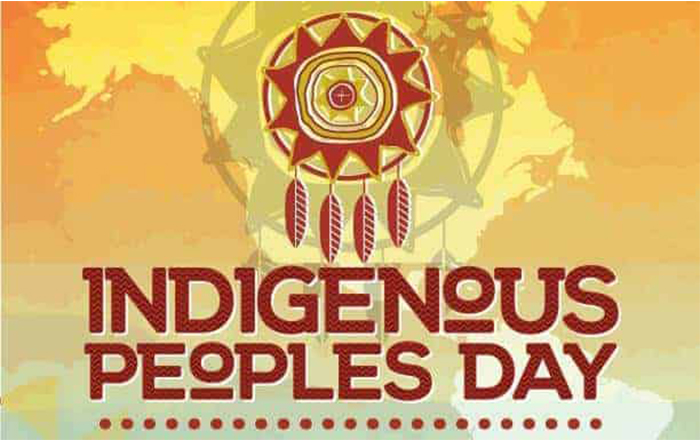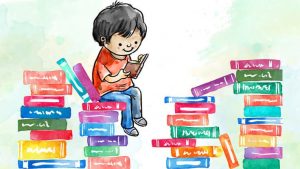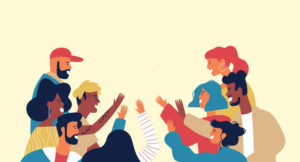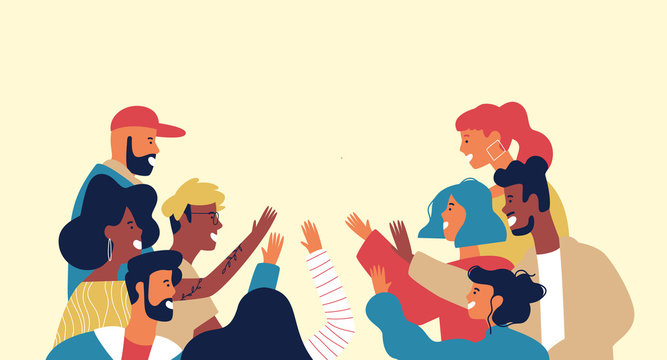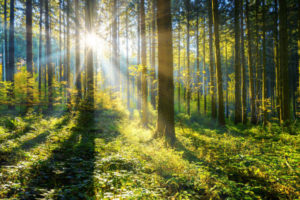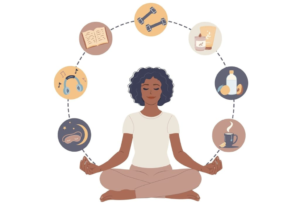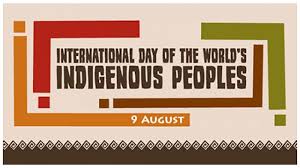
The word ‘indigenous’ refers to inhabitants of a particular place, country or natives living in a certain region for a long period of time. Demographic estimates point to 370 million indigenous people living in over 90 countries in the world. They exhibit specific social, cultural, and political attributes in their traditional way of life which is quite unique. Indigenous may also refer to the people who live in a particular region before the arrival of migrants.
They bear strong links to primitive cultures with distinct languages, beliefs and social habits define their habitat especially when they cling to ancestral habits and systems, thereby making them unique. Among such mention may be made of the Lakotas (USA), the Mayas (Guatemala), etc. The Indigenous colour of India consists of the Gonds tribe (Madhya Pradesh), Bhils tribe (Rajasthan), Santhal tribes (Bihar, Jharkhand, Orissa and Assam), Great Andanamese tribes, Garo and Khasi tribes, and many more. All such cultures are defined by their customs and age-old practices which make them resistant to social evolution and change. In many ways they are rooted to their soil and region which gives them their immutability and timeless nature.
Economically they are not well-off but they are very diverse speaking over 7,000 languages and representing 5,000 different cultures which are incredible enough. No wonder we say “Incredible India!” We must be aware of the vulnerability as well as the uniqueness of such indigenous people all over the world every year on August 9 since the forces of modernity are continuously threat their existence.
This year’s observance is dedicated to Indigenous Peoples’ Languages and marked as the International Year of Indigenous Languages. The UNO will observe the celebration on August 9th from 10 am to 5pm.
Contributed by:
Subhrajit Samanta
